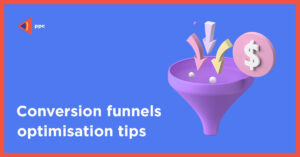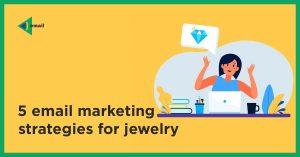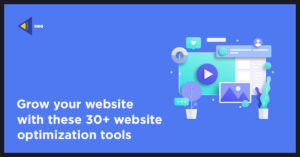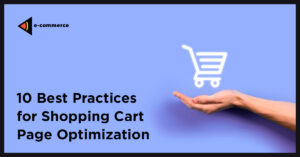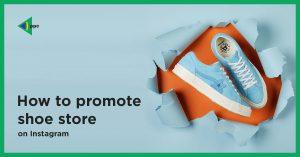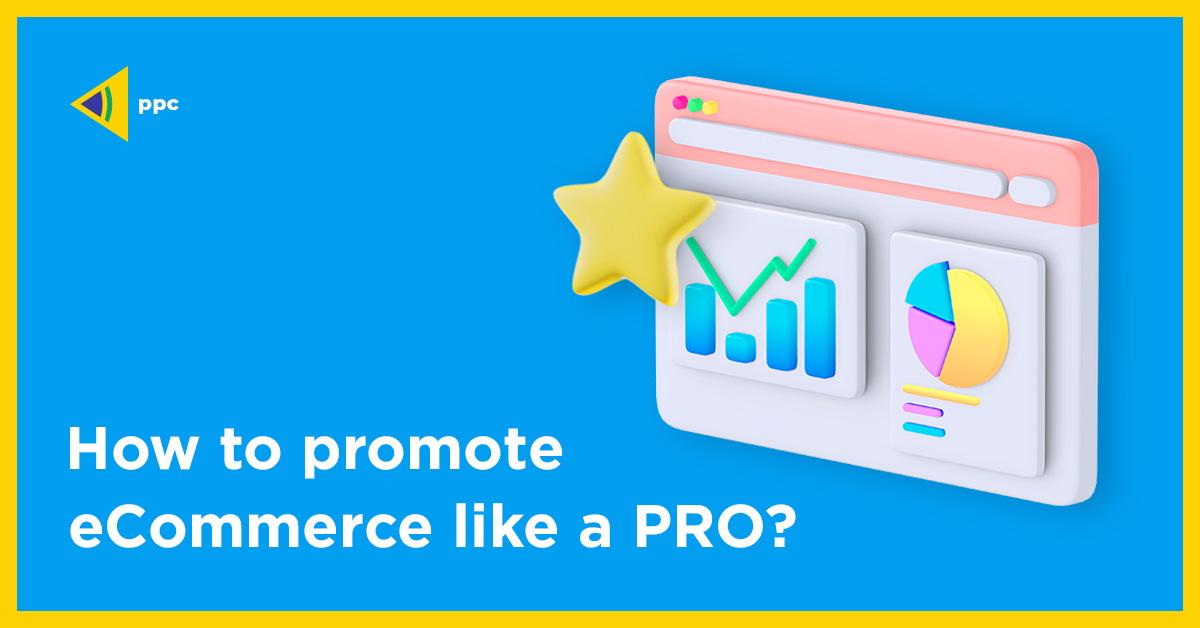
How to promote eCommerce like a pro
Marketing is a skill that can be used to grow a successful offline business. But, driving traffic to your online shop can be quite different.
Your online store will allow you to reach more potential customers and give you complete control over their shopping experience. This is not an “if they build it, they will follow” situation.
This article will discuss the best ways to get your online shop noticed by the people who are interested in it. This article will discuss not only how to drive visitors to your website but also how to integrate marketing between offline and online businesses in order to maximize all of your channels.
Drive traffic to your online store
Three main audiences can be used to market your eCommerce website:
- People who have previously shopped at your store or know something about it.
- People looking for the product you offer
- If they were to know about your product, there would be many people who would buy it.
This is a simple way to look at it. However, the three-pronged approach can help to organize your marketing activities and to allocate your budget and time.
Your first audience should be people who are familiar with you. You should have direct contact to them via email, content marketing, or social media. They can be contacted directly, and it’s free (no matter how much you spend on tools).
You’ll need to create ways for your second audience to find the products that best suit their needs. This could include search engine optimization (SEO), Content Creation (like Blogging) and search engine Marketing.
For your third audience, think about brand awareness. Is your solution a solution to a problem that they don’t yet know about? Is your target audience using a solution from a competitor? These answers will impact how you approach marketing.
Once you have your store set up, it’s time to start marketing your site to existing customers. We will also discuss how to make your site easy to find for potential customers who are interested in your product.
Ten Marketing Tips to Promote Your Online Shop
Let’s take a look at eight ways to get traffic to your online store, from marketing to existing customers to acquire them.
1. Keep building and using your email list.
It’s essential to have strong email marketing strategies, even if you are in a brick-and-mortar store. As many email addresses as possible – potential customers, customers, people who are interested in your events, and so on – should be collected. You’ll be able to send an email to everyone when you launch letting them know they can shop at your store online.
It’s a great time to offer a promotion to subscribers, or a discount for referrals to encourage customers to share your website with their friends.
Email remains one of the most powerful marketing tools available to eCommerce merchants. Make sure you continue to collect email addresses on your website. Pop-up boxes are used by some brands to ask users to enter their email addresses to receive a small promotion such as 15% off their first order or free shipping.
It is important to ensure that you maintain a constant flow of communication with your email subscribers. You should establish a consistent email schedule and send promotions, new content, and other information that will encourage customers to visit your website.
2. Increase your social media presence organically
You’ll want every opportunity to increase your digital engagement with your online business. Giving your social media channels a little love is one of the most efficient and effective ways to reach new customers. Make sure they are filled with engaging videos and vibrant images.
We love how Bon Bon Bon Bon uses Instagram to show off these beautiful images of their products. Hosting giveaways, working closely with bloggers in your niche, and using the appropriate hashtags are all great ways to leverage Social Media.
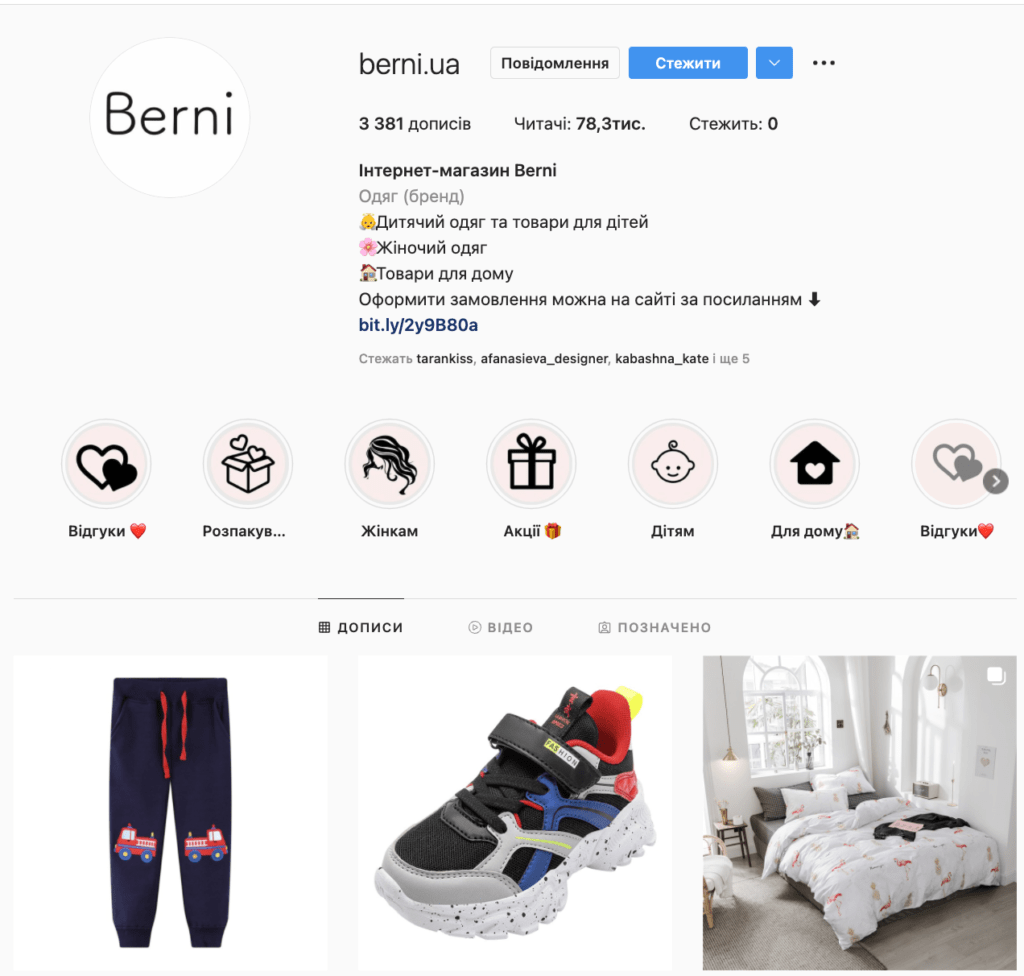
You already have a solid presence on social media channels and a core audience. Now is the time to increase that presence. You should increase your frequency of posting and spend more time creating visual content and engaging videos. Your followers will be more aware of your brand if they engage with you. Encourage sharing and include user-generated content.
You don’t need to be everywhere if your social media presence is lacking. You should be present on channels that are relevant to your target audience and then put your energy there.
3. Optimize your website for SEO.
Search engine optimization is a broad term that covers many aspects. Optimizing can lead to a long, dark rabbit hole. If you are just beginning, here are some things to remember.
Think like your user. How does your target audience talk to you about your products? What do they want to learn?
Pay attention to the on-page content. On-page content includes product descriptions and images, as well as any blogs or other content. It is important to ensure that your content uses the language customers would use to search for similar products and answers their questions.
Important meta tags are also important. Meta tags are also important. They act as headlines for search engines and help them determine what pages are about. Every page on your website should have a unique title tag. A meta description is a short summary of each page. Your title tag and meta description will be displayed first on search engine results pages.
4. Create interesting and useful content.
Great content is key to attracting customers to your website and positioning your brand as an authority in your industry.
Our clients launch blogs and do text and video content that can attract customers. For example, check how one of our clients Bioformulaselect described the process how they prepare the product:
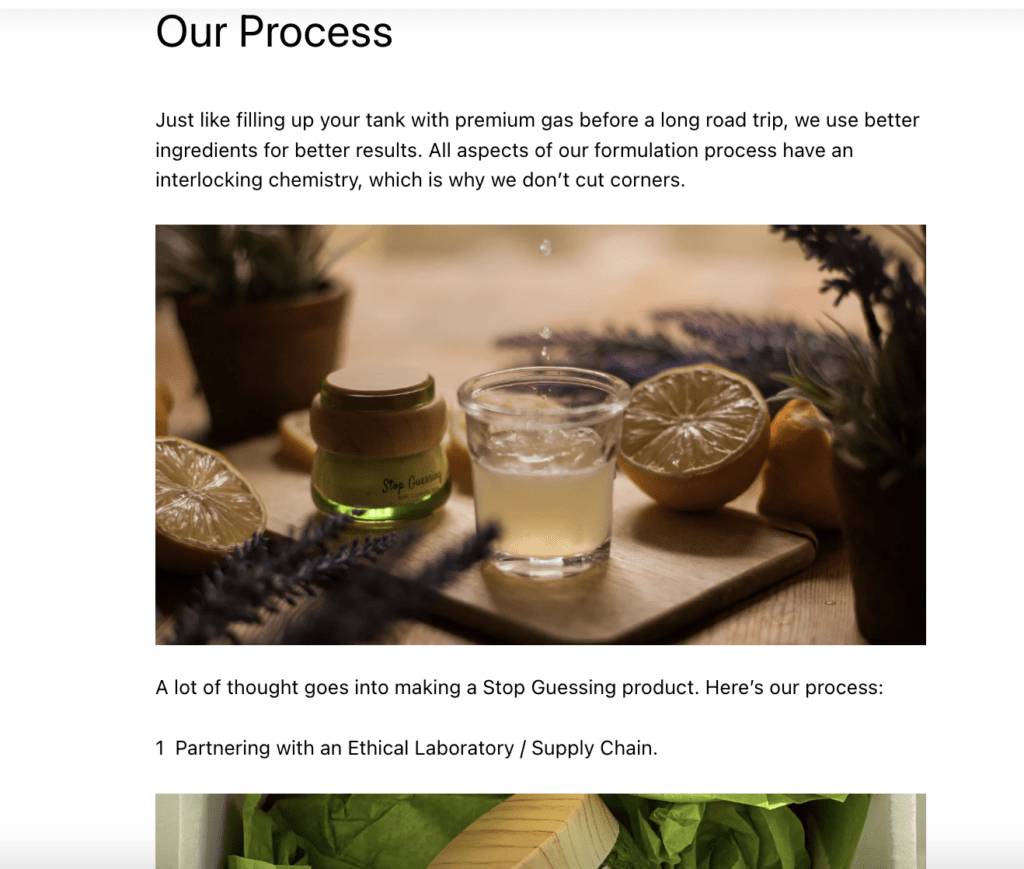
5. Try out Google Ads.
Google Ads allows you to bid on keywords so you can appear first on search engine result pages. Search engine optimization is about achieving the “top spot”. However, Google ads will still appear first.
Search engine optimization is an excellent way to promote your website. It doesn’t need any design and can drive new traffic. You can track your campaigns and adjust them as the results change.
6. Advertise on social platforms.
Because people spend time on social media, it is a great place for ad spending. Which road is the best for a billboard? You can also think about digital media advertising in this way.
You should focus your Instagram spending if your audience spends a lot on Instagram, but not Twitter.
Photos and videos can be used in ads. But start small. Photo ads can be a great way for your product to reach new people. Use simple and engaging images of your product in action. Then adjust your tactics according to how it performs over the next few weeks.
7. Partner with complementary brands
To cross-promote, create partnerships with other brands. Look for a business that has a similar target audience but offers a complimentary product. Each business partner will reach a new and relevant audience. If you sell outdoor gear, it could be a good partnership to work with a company that specializes in hiking shoes.
Cross-promotion methods can be varied and you have options at all levels of the funnel. Co-sponsoring a podcast or blog about outdoor living is one example of top-of-funnel activity. A co-branded gift guide can be a great idea depending on the season. You could also do down-funnel promotions like offering a discount when you buy another product.
8. Participate in discussions and events online.
There are opportunities to increase brand awareness among target communities as a result of increased online communication and events. Participate in virtual conferences or webinars to share your knowledge and get the word out about your business.
9. Consider using influencer marketing.
Influencers are people with large online followings who can influence their audience’s buying behavior.
The right influencer can help you get your product before a lot of potential customers and increase your brand awareness. You can make influencer marketing work by ensuring that your target audience is represented by your chosen influencer and that their values are aligned with your brand.
The most common influencer marketing tactics are for an influencer to write a blog post about your products, review your product on social media or demonstrate your product at an event.
10. Make the most of your offline store.
You can leverage your personal time with customers to drive traffic to your online store if your brick-and-mortar business is well-known and has a loyal following.
You can also use non-intrusive methods to keep customers engaged even after they leave your store. You can ask them to sign up to your email list at checkout. If you have one, let them know about it. Also, draw their attention to any promotions on social media they may be interested in.
Flyers that include promotional codes can be shared with family and friends who don’t live near your store. Customers in person can be your best evangelists and help spread your message across the globe.
How can I choose which marketing strategy makes the most sense for my online store?
There are many ways to use marketing to promote your business; however, which strategies you should employ will depend on your business and your goals. Here are some questions to ask: does your offline brand provide you with a strong email list? If so, maybe start by getting the word out that way. Does the audience for your products flock to certain social media platforms? If so, those channels would be a good place to focus on. Is your main goal to reach new customers who are currently unaware of your brand? You may need to boost your organic traffic based on an SEO and content strategy.



